- News
- Reviews
- Bikes
- Components
- Bar tape & grips
- Bottom brackets
- Brake & gear cables
- Brake & STI levers
- Brake pads & spares
- Brakes
- Cassettes & freewheels
- Chains
- Chainsets & chainrings
- Derailleurs - front
- Derailleurs - rear
- Forks
- Gear levers & shifters
- Groupsets
- Handlebars & extensions
- Headsets
- Hubs
- Inner tubes
- Pedals
- Quick releases & skewers
- Saddles
- Seatposts
- Stems
- Wheels
- Tyres
- Tubeless valves
- Accessories
- Accessories - misc
- Computer mounts
- Bags
- Bar ends
- Bike bags & cases
- Bottle cages
- Bottles
- Cameras
- Car racks
- Child seats
- Computers
- Glasses
- GPS units
- Helmets
- Lights - front
- Lights - rear
- Lights - sets
- Locks
- Mirrors
- Mudguards
- Racks
- Pumps & CO2 inflators
- Puncture kits
- Reflectives
- Smart watches
- Stands and racks
- Trailers
- Clothing
- Health, fitness and nutrition
- Tools and workshop
- Miscellaneous
- Buyers Guides
- Features
- Forum
- Recommends
- Podcast
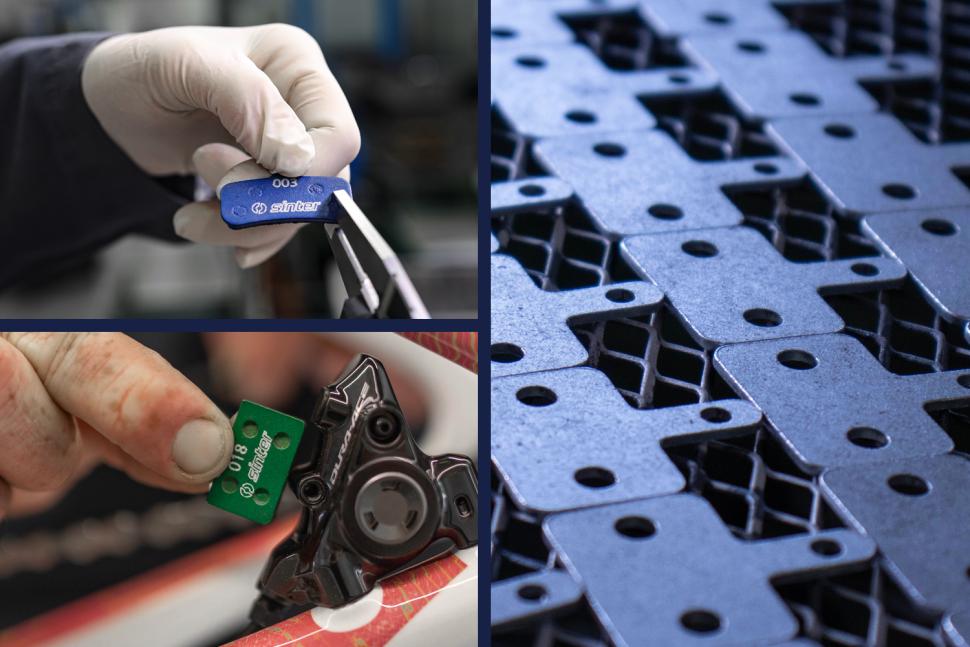 Sinter brake pads Feb 2025
Sinter brake pads Feb 2025"The brake pad is the smallest part that a rider can change on their bike, but it can make a huge difference": Sinter explain how they manufacture world-beating brake pads in Europe

This article includes paid promotion on behalf of Sinter
Tyre manufacturers often point out that, in terms of cost-to-performance, their products are the most important on a bicycle, because tyres are the only contact points between the bike and the road or trail.
But coming a close second has to be brake pads, because they are the only contact points between a bike’s braking system and the things it is trying to slow down (your wheels).
That means your choice of brake pad is crucial when it comes to extracting the ultimate performance from your bike, yet so few people truly understand what is happening at the brake pad.
However, ‘few’ is not ‘none’, and nestled in an industrial estate in southern Ljubljana, Slovenia, you will find a group of people who are true masters of the science of brake pads: Sinter.
Family affair
For all the technological and braking magic that they command, Sinter are a home-grown family company, started in 1969 by brothers Jože Krapež and Miloš Krapež and still run by the duo’s children.
“My uncle came back to Slovenia after spending four years in Sweden, and he said there was a big opportunity to make spare parts for automobiles and tractors because nobody was doing that in Yugoslavia at the time,” Simona Krapež, Sinter’s marketing manager says.
“We started in the auto industry, renewing things like clutches, then we became a very strong presence in karting – we supplied 90% of all karting brake pads. But, because of our extensive knowledge and manufacturing ability, we also started experimenting with bicycle brake pads, using a mixture of ingredients we had used for karting, alongside other elements.
“We had an in-house team of young riders and we developed the brake pads for them. We said to the Sinter race team, what brake pads do you need? Then we worked to match their needs. We started with mountain bikes but a few years ago we moved into road cycling with a road team, and our position in that world is developing all the time.”
Indeed, Sinter’s appearance in the cycling world has created quite a storm. For one thing, Sinter are rare in being manufacturers of brake pads for bicycles who are not based in Asia – Sinter’s products are manufactured in Europe using European-sourced materials. But, perhaps more importantly for cyclists, the performance of Sinter’s products is market-leading.
The reason for that, Sinter’s Global Business Development Manager Bruce Fina says, is quite simple.
“It’s important to understand that Sinter makes only one type of product: friction material and brakes pads. That’s it. We don’t make rotors, we don’t make brake systems, we don’t make shifters, we don’t make anything else. And we specialise in friction material that is, generally speaking, focused on smaller applications. So we’re not making brake pads for automobiles or trucks.
“If you look at the companies that are in the brake business, they are mainly component companies, not friction companies. So their focus is not on friction – our focus is 100% on friction and brake pads, and because of that focus, it gives us the advantage. Every day, all we are looking at is how to make a bike stop quicker.”
Reacting to feedback
Another reason for Sinter’s success is its in-house production.
“We control the complete production process, from beginning to end. That includes the production of the friction material itself, which is done in-house: there are not many brands that do this. All the friction material is sourced from European sources from high-quality suppliers. Then we employ some super-smart people to ensure our compounds are optimised,” Sinter’s Tine Mahkovic says.
“The whole process around creating the finished product is done properly, manufactured in the right environment, with the right people and using the right equipment. That is the key element that sets us apart from other brands. We really understand that the brake pad is the smallest part that a rider can change on their bike – and for a relatively small amount of money – but it can make a huge difference.
“Also, we are able to listen customers and take on their feedback. And it’s not just customers, I work with mountain bike World Cup riders, and Bruce works with elite cyclo-cross and road riders, so we have access to some really top-level riders who use our products and who can inform what we can do better.”
“Let me give you an example of that,” Bruce says.
“I was at the Velofollies bike show in Belgium [recently] and I had the chance to talk to lots of customers. There was one specifically who uses a lot of Sinter pads – they are one of our best-selling shops in the world. But they had some comments about certain pads making noise.
“So this morning I sat down with Sven Curila, who is our head of research and development at Sinter, and I said this customer was having an issue with one of our brake pads. Sven said he understood and we had some new resin to test that should reduce the noise issue. So Sven is going to make a test batch of pads. We can make as few as 10 pairs of pads in a test batch and send them to a customer to see how they perform.
“That’s something that we can do in a matter of days because everything is here in-house and that information goes directly to R&D – it’s not going from a bike shop to a distributor, to a brand, who then sends their information to Taiwan or China, who then tries to translate that into something useable. We are vertically integrated very directly with our end users and our customers.
“And because we are made in Europe and we source all our materials in Europe, we have lower environmental impact than other manufacturers. We ship our products all over the world, but we don’t ship materials in from all over the world.”
The bedding machine
For all Sinter’s proven excellence in the manufacture of brake pads themselves, there is one other Sinter product that is particularly special, and particularly unique: the Sinter smart brake pad bedding machine.
This €1,700 wonder – effectively a motorised roller that can be programmed to maximise the bedding in process for any disc brake-shod bicycle – means your brake pads will be up to true optimum operating condition in a fraction of the time it would take to do manually.
“Brake bedding is crucial to the performance of brake pads and brakes in general,” Bruce says.
“Our industry is still in its relative infancy when it comes to disc brakes. When disc brakes hit the market, everybody was focused on how light you could make them and how hard you could make a brake calliper squeeze a rotor. But actually the interface between the brake pad and the rotor is crucial, and what happens there is relatively unknown to the majority of the industry and certainly the consumer.
“When you bed in brake pads, what you are effectively doing is applying friction material and embedding it into the rotor. Braking does not happen between a brake pad and a stainless steel rotor; braking happens between the friction material on the brake pad and what we call the third layer – friction material that has been bedded into the rotor. And to do that, you need heat and friction.”
Proof of concept
The vast majority of riders bed in their new pads via what Sinter call ‘parking lot bedding’; essentially riding round a bit and applying the brakes. Not only is this method time consuming but it’s also hard to generate the heat necessary for effective bedding in because the only force in play is the bike’s momentum.
“Where the bedding machine works is that, with the motorised rollers, we are creating the continuous momentum needed to effectively bed in bicycle brakes with a machine. It can get the brake system up to temperature to allow the optimum transfer of friction material into the rotor,” Bruce says.
“Our machine has multiple programmes based on two piston or four piston calliper, rotor size, and rotor material. The bedding in procedure then takes between 2.5 minutes and 3 minutes per wheel, depending on those three variables.”
And the proof is in the results. Sinter brought together six top Slovenian mechanics to do their best ‘parking lot bedding’ process to compare, and the results were staggering.
“We mounted the mechanics’ rotors and pads onto our dynamometer to test. The maximum they achieved was about 60% of the full braking performance that is possible if the pads were bedded in properly. Our machine achieved effectively 100% of possible performance.
“And there’s one further benefit. If you bed pads in as you ride, you’re not getting as much heat in the system, so you are effectively scraping more friction material off the pad. But when you bed pads in properly with our machine, the pads not only brake better, they last longer too.”
To find out more about Sinter’s products, including its bedding machine, visit sinter.si
Latest Comments
- mdavidford 2 sec ago
You missed the most important part of the Cycling UK rebrand, which was then taking a side in the cycling cat debate.
- quiff 7 min 54 sec ago
Paris, yesterday
- qwerty360 22 min 36 sec ago
I gather in Edinburgh (family live there, so booking system I have seen in use), the booking system is actually fairly popular....
- mitsky 1 hour 1 min ago
"... struck by a driver..." http://rc-rg.com
- Rendel Harris 1 hour 13 min ago
That's only for longer journeys; obviously for short trips he employs the sedan chair.
- Tony W. 1 hour 53 min ago
In accordance with the highway code ? bus driver was breaking the speed limit, overtaking a child on a bicycle, he should've as far right as...
- polainm 2 hours 10 min ago
One is permantly in misery mode, the other all blacked out in stealth mode.
- mark1a 2 hours 27 min ago
...and go and ride your bike for two hours or less.
- polainm 2 hours 44 min ago
Just put in planning permission for a NASA sized warehouse the area of ten football pitches, right up against local housing. That'll go through no...
- Rome73 3 hours 39 min ago
It reminds me of the joke that used to do the rounds when I was younger;...
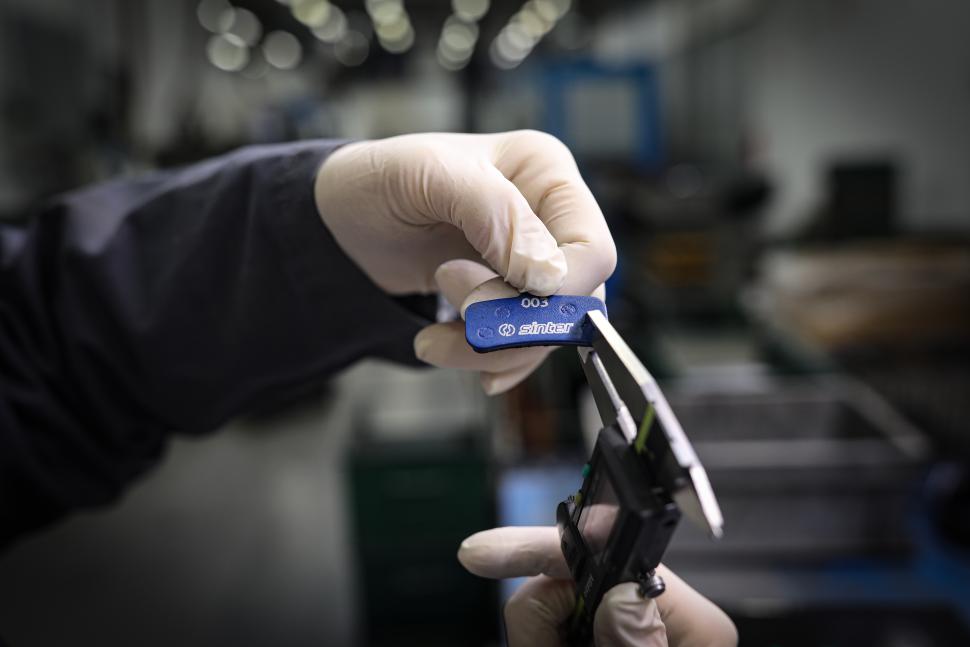
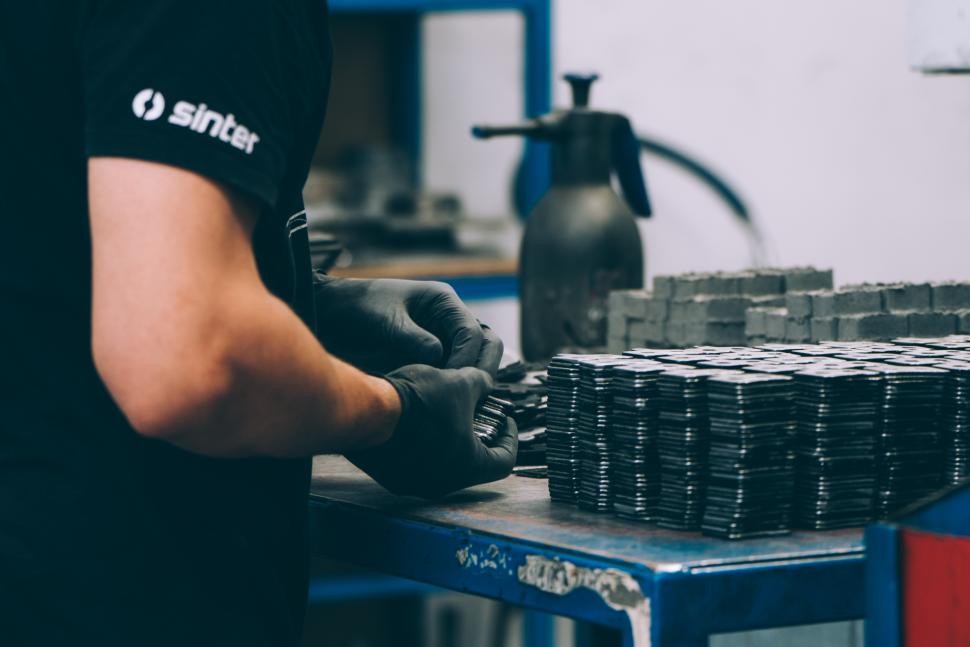
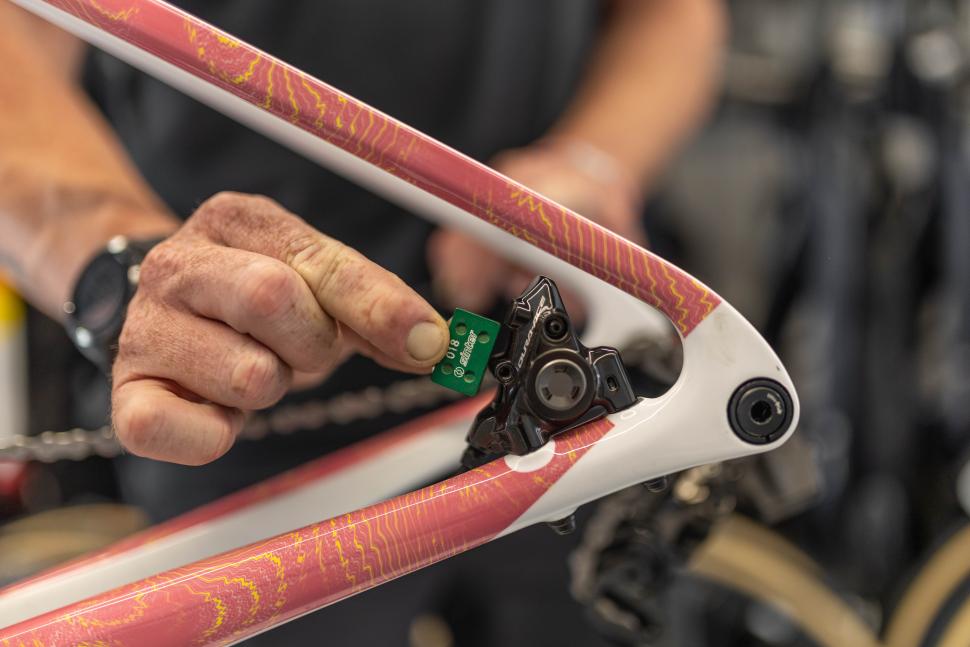
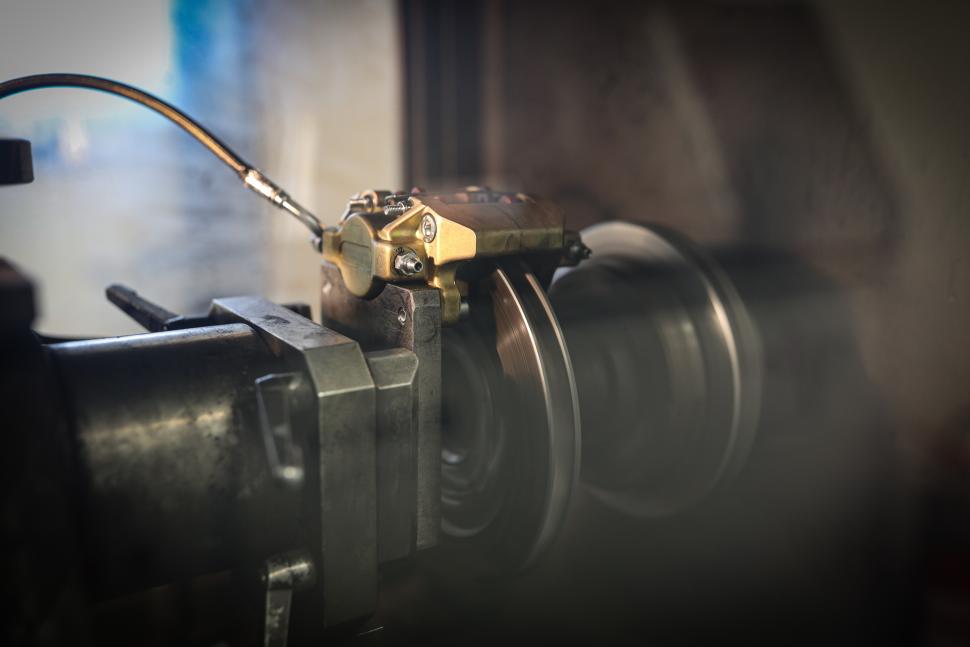
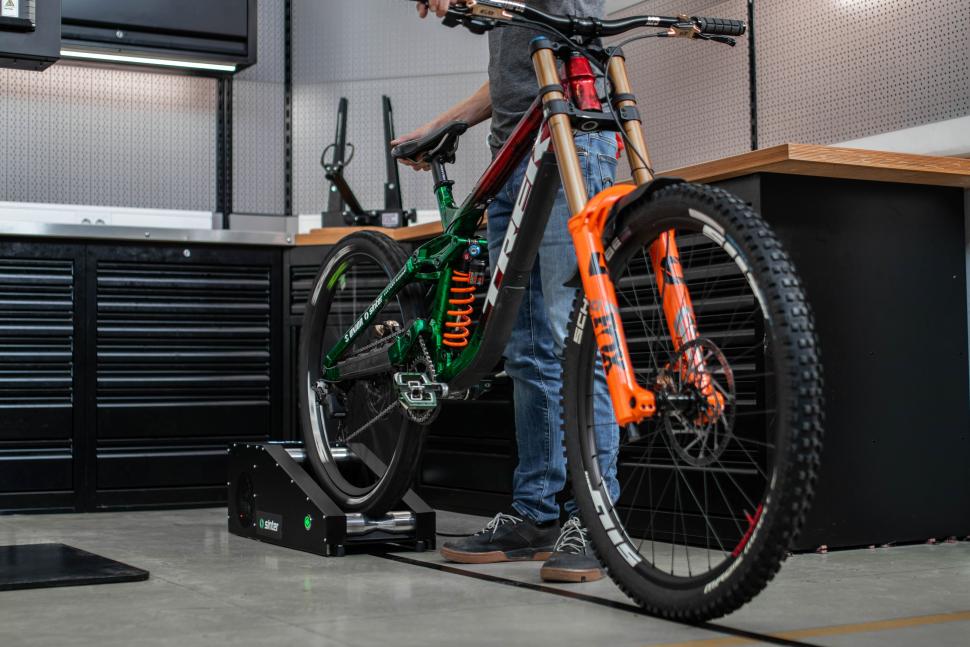
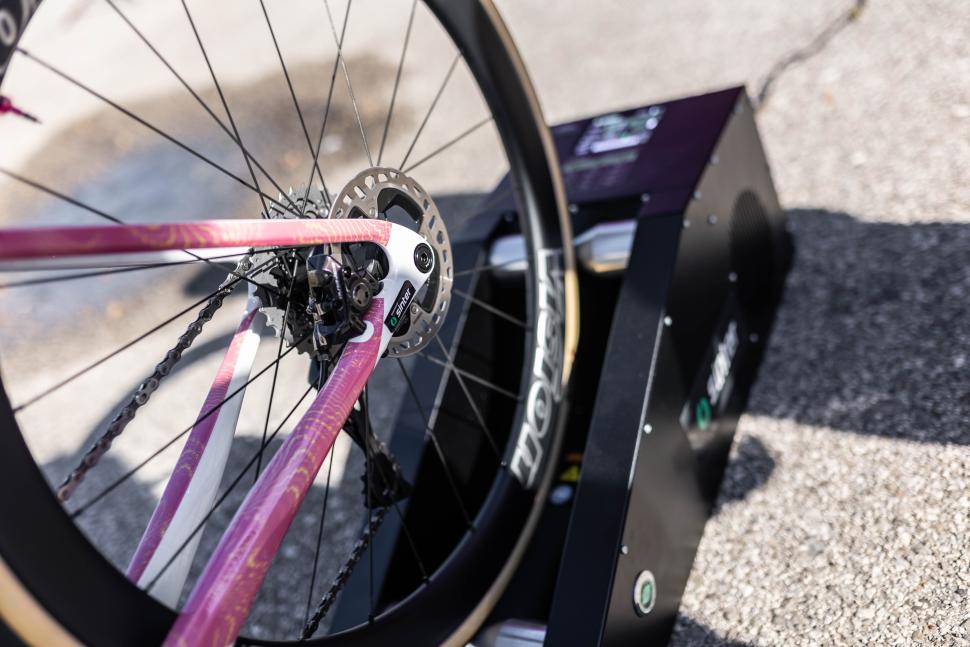
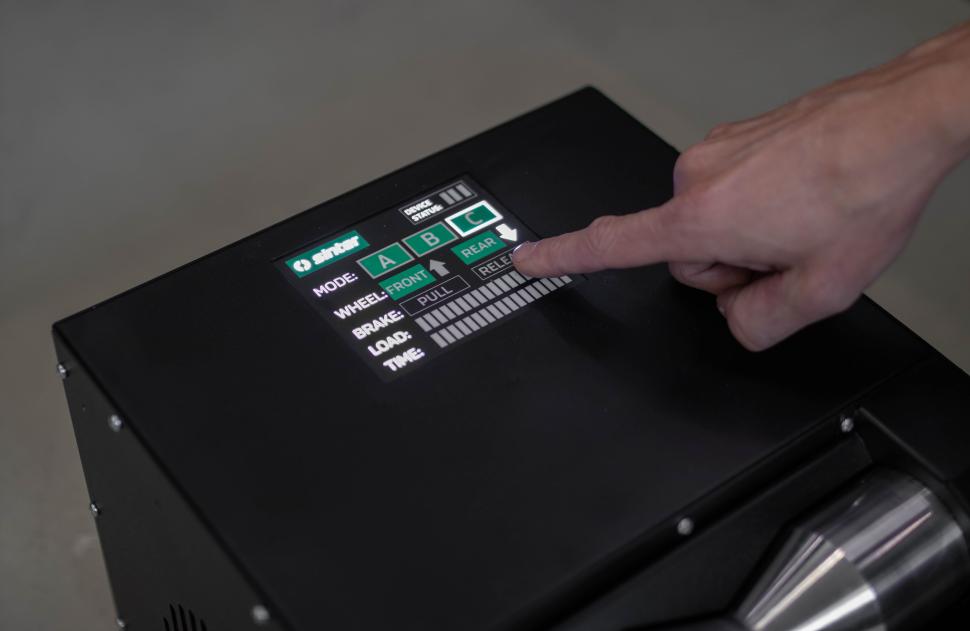
Add new comment
2 comments
They try to argue that they are the best brake pad company in the world because that's all they make. However, I expect that many other more diverse companies have an equal number of employees in their brake division with an equal amount of experience in brake pad design, so I don't buy the fact that they can be better solely for the reason of company focus. I'll stick with the stock Shimano pads, thanks. I've tried other brands, and nothing seems to offer any advantages and some perform worse.
I know it's sponsored content and so are certain amount of hyperbole is to be expected but really, if these are "the best brake pads in the world" why aren't all professional road racers using them? As far as I know nobody is sponsored to use any particular make of brake pad and riders choose their own at their own/team expense (e.g. Pogacar uses Absolute Black and they get very stroppy if you suggest that's due to sponsorship), hard to believe that in the marginal gains peleton riders are deliberately eschewing the best pads in the world...